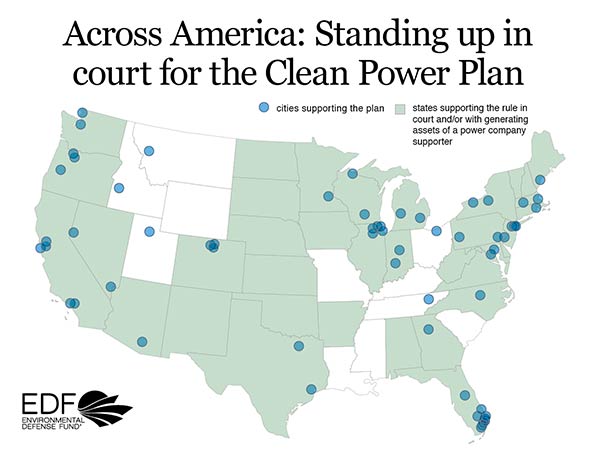 President-Elect Trump has repeatedly claimed that climate change is a “hoax,” and has appointed notorious climate denier Myron Ebell to run the transition team for the Environmental Protection Agency (EPA). During the campaign, Trump advocated for “scrapping” the Clean Power Plan – the nation’s first limits on harmful climate pollution from existing power plants, which are among the United States’ very largest sources of these contaminants.
President-Elect Trump has repeatedly claimed that climate change is a “hoax,” and has appointed notorious climate denier Myron Ebell to run the transition team for the Environmental Protection Agency (EPA). During the campaign, Trump advocated for “scrapping” the Clean Power Plan – the nation’s first limits on harmful climate pollution from existing power plants, which are among the United States’ very largest sources of these contaminants.
Lost in this campaign rhetoric was the reality that states and companies across the country are already making cost-effective investments in transformative clean energy technologies that are rapidly reducing emissions of climate pollution across the power sector. These investments are helping deliver a more reliable and affordable electricity grid, yielding tremendous public health benefits by reducing emissions of soot and smog-forming pollutants, and driving job growth in communities around the country.
The Clean Power Plan builds on all of these trends and helps ensure they will continue for years to come, but the Trump Administration will be hard pressed to stop the progress underway in its tracks. Read More














